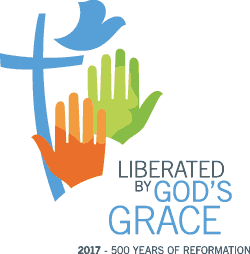The Wittenberg Reformation reached Livonia (present-day Estonia and Northern Latvia) at the beginning of the 1520s. In the beginning, the Reformation asserted itself in Estonia mainly in towns. In 1523 Martin Luther sent a letter to Livonia entitled “To the chosen, dear friends of God, all Christians in Riga, Reval [Tallinn] and Dorpat [Tartu] in Livonia”, written at the request of the city council in Riga. The Lutheran church became well established all over the country after Estonia came under the Swedish rule (Northern Estonia in 1565 and Southern Estonia in 1625). The Reformation played an important role in the development of the Estonian literary language. The Wanradt-Koell Catechism, printed in Wittenberg in 1535, is the oldest fragment of a published book in Estonian, parallel to both the Lower Saxon and northern Estonian dialect.
Plans for Reformation 500
- Publication of the Lutheran Confessional Writings in Estonian (2014)
- Exhibition “The History of Reformation and its Impact on Estonian Culture and History” at the Estonian History Museum (2017)
- Conference in cooperation with Tartu University on the Theology of Reformation and its Societal Impact (2016)
- Special collection of articles on Reformation and its History of Influence. To be published in the publication series of the EELC Institute of Theology (2017)

